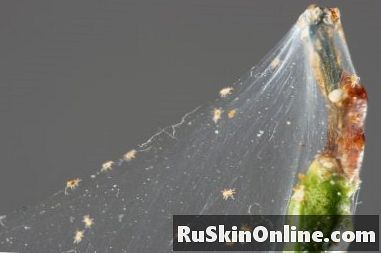
Content
- Spider mites on boxwood - recognition, fighting, prevention
- Appearance and way of life
- Harming
- fight
- prevention
- Tips

Spider mites are a fairly new pest for the boxwood
Spider mites on boxwood - recognition, fighting, prevention
Like the boxwood cedar and the boxwood dying caused by a fungus, the boxwood spider mites are also a relatively new species. Eurytetranychus buxi first appeared in Germany in 2019. The species has probably arrived here through imports from North America and has been spreading ever since.
Appearance and way of life
Boxwood spider mites, like all spider mites, are tiny and therefore easy to miss. Females grow to between 0.4 and 0.5 millimeters, males with an average of 0.35 millimeters remain smaller. The animals are usually reddish-brown colored and react lightning fast to disturbances. The first generation hatches already at the end of May, followed by another one every four weeks. Between six and eight generations develop per season, with the last laid eggs hibernating on the plant and hatching only the following year.
Harming
Spider mite injury is typically exhibited by tiny white or yellow speckles on the tops of the leaves. Often they are completely covered, then turn reddish to bronze after a while and fall off. Other leaves, on the other hand, can only be slightly attacked. Eurytetranychus buxi rarely develops characteristic fine webs. If such show up, it can also concern an infestation with the Buchsbaumzünsler.
fight
The spider mite is relatively easy to combat. Good results were achieved with pesticides based on rapeseed or neem oil. These must be applied in early spring before April 15 or in the fall to kill the winter eggs and thus the first generation. If the infestation is not noticed until later in the year, Kali soap has been proven. This is contained in many remedies for aphids. A natural predator of the spider mite is the predatory mite Typhlodromus pyri, which is particularly hungry between mid-April and early May.
prevention
A spider mite infestation can be quite well prevented with the following measures:
Check your book regularly, if possible with a magnifying glass, to detect any infestation as soon as possible and to take appropriate countermeasures.
Tips
If you discover the characteristic image of the spider mite on your box trees, you should carefully examine it: animals are not always present. Sometimes a phase of rainy, rather cool weather is enough to kill the heat-loving spider mites.